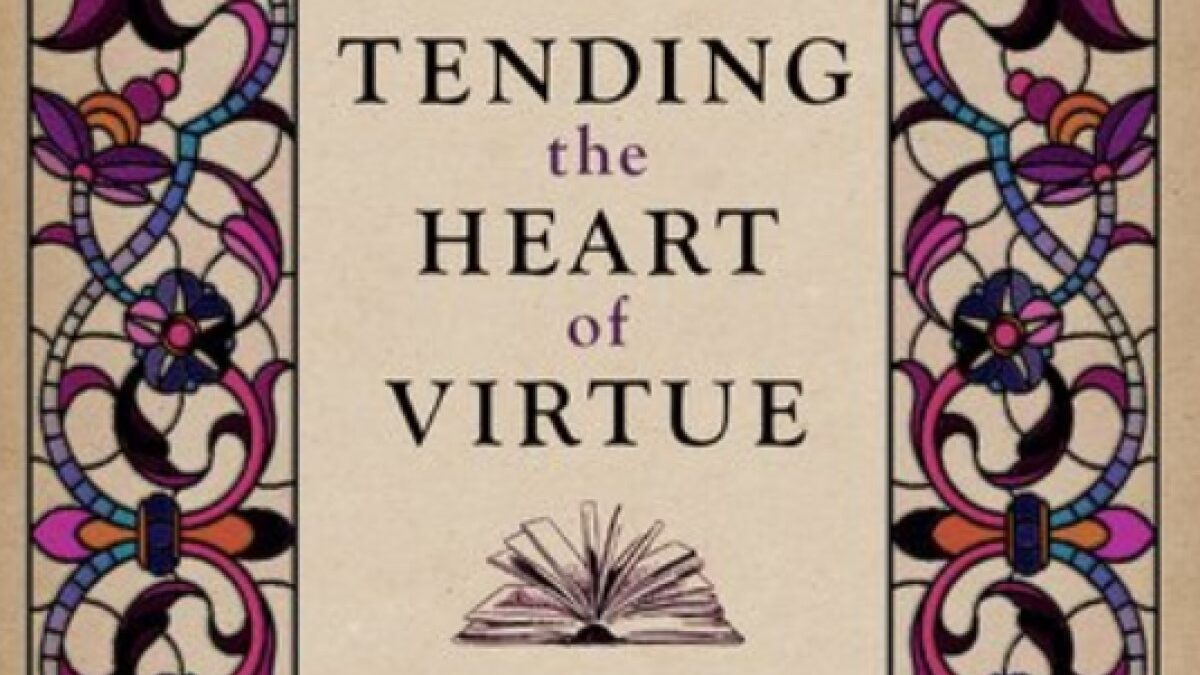
In the second lecture of Hillsdale College’s free online course on the young Jane Austen (which you can take along with me here), Lorraine Murphy, an English professor at the college, explains why reading “Northanger Abbey” is essential to understanding the author’s use of satire throughout the entire canon of her books.
Austen’s (Lack of) Formal Schooling Prepared Her To Write
Although she received little formal education, Austen grew up in a household of avid readers and was very well read by early adolescence. When she made her foray into fiction writing, Austen was adept at weaving in literary references and would satirize whole genres through her characters. Her father, George Austen, encouraged Jane to write, even buying her two of the three leather-bound notebooks in which she transcribed her finished works. In one of these books, George described his daughter’s work as “Effusions of fancy by a very young lady, consisting of tales in a style entirely new.”
“Northanger Abbey” was first manuscript Austen ever sold, although it was entitled “Susan” at first. Several years after selling it, Austen grew frustrated that the publisher had never published her work. She bought it back about 15 years later and altered the title, as well as the protagonist’s name. It was finally published a year after her death in 1818, alongside her last written book, “Persuasion.”
Of her six published novels, Austen did not substantially revise “Northanger Abbey,” which she wrote when she was in her early 20s. This work gives the reader a peek into Austen’s young mind and enables the careful observer to note the structure written by a woman who understood the ins and outs of literature like the back of her hand.
Austen Flips the Conventional Heroine On Her Head
In the opening paragraphs of “Northanger Abbey,” Austen alludes to nearly every literary convention popularly used at the time. The protagonist of her tale, Catherine Morland, is a young woman who is innocent and occasionally dense. She is neither smart nor wildly beautiful, yet Catherine is the heroine of the tale.
She finds herself in the thick of a romantic adventure throughout which others conspire against her when she accompanies friends to the town of Bath, England. In this book, Austen satirizes an earlier genre of literature, sentimental literature, which often tells a story of a beautiful young woman who possesses “sensibility.”
At the time, sensibility was considered a desirable virtue and described a woman who was more easily and deeply affected by her emotions. Austen questioned whether sensibility was truly a virtue in her work “Sense and Sensibility,” in which she pokes fun and examines the qualities possessed by these sentimental heroines and held in high regard by Englishmen at the time.
When contemporary readers read sentimental novels in the eighteenth century, they did so to experience heightened emotions as drawn out by the heroine when she makes speeches about her passions and desires. Like the sentimental novel, the Gothic novel sought to give readers a sense of heightened emotions, but though suspense or in scary plot lines. In combining the two, Austen satirizes the elevated emotional states in literature common at the time.
Austen Didn’t Like People Who Scoffed At Novels
Although she does satirize tropes and devices used in novels at the time, Austen does not bash the practice of reading and writing novels. In Austen’s day, criticizing novels was popular among academics, who considered themdangerous for society because they familiarized readers with vice and downplayed the hard work involved in becoming virtuous.
Some writers attempted to cloak their novels as something else, such as works of history, or guidebooks, but Austen firmly rejected this practice. In chapter five of “Northanger Abbey,” Catherine defends reading novels in a lengthy speech. And the good characters are all avid novel readers, while her villains scoff at the genre.
In one of her earliest stories, “Love and Friendship,” which she wrote as a teenager, Austen tells the story of a young man, who possesses great sensibility, writing to his father. In this work, Austen explores the shallow nature of sensibility through a vapid character who feuds with his father for no reason because his emotions dictate it. Throughout her early and later works, Austen uses satire to poke fun at some of the corny tactics in contemporary literature. A difference between the works Austen wrote as a young girl and what she wrote as a woman is that she learned to tone down her criticisms and exaggerations of her characters.
Austen used satire throughout her works as a tool to guide the reader to identify true vice and virtue. Characteristics English society lauded at the time were not always virtues as much as they were silly conventions — conventions Austen took pleasure in toying with. Austen’s works push the reader to ask themselves whether a person is lauded by society because he or she exhibits great virtue, or if mere societal constructs push the praise instead.









